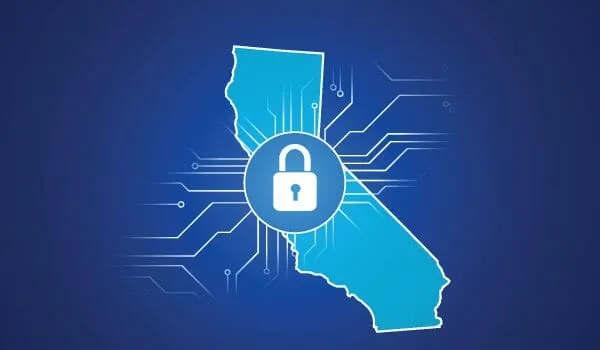Introduction:
The California Privacy Rights Act (CPRA) is a comprehensive privacy law that was enacted in November 2020 and went into effect on January 1, 2023. Here are five steps to help you achieve California CPRA Compliance
Step One:
Understand the scope of the CPRA: The CPRA builds on the California Consumer Privacy Act (CCPA) and expands the privacy rights of California consumers, including the right to request the correction of their personal information, the right to limit the use of their sensitive personal information, and the right to opt-out of the sale of their personal information. It also creates new requirements for businesses, such as the obligation to conduct regular risk assessments and to enter into contracts with service providers that include specific data protection provisions.
Step Two
Conduct a data inventory: In order to comply with the CPRA, you need to understand what personal information you collect, how it is used, and where it is stored. Conducting a data inventory will help you identify what personal information you process and where it is located within your organization.
Step Three:
Update your privacy notices: The California CPRA Compliance requires businesses to provide additional disclosures to consumers about their personal information processing practices, including information about how sensitive personal information is used and shared, as well as information about automated decision-making. Businesses should review and update their privacy notices to ensure compliance with these new requirements.
Step Four:
Implement new data protection measures: The California CPRA Compliance requires businesses to implement new data protection measures, such as data minimization, which means collecting only the minimum amount of personal information necessary for a particular purpose. Businesses must also implement security measures to protect personal information from unauthorized access, destruction, or disclosure.
Step Five:
Train employees: California CPRA Compliance requires not only the implementation of technical measures, but also the training of employees on data privacy principles and best practices. This includes training employees on how to respond to consumer requests for information, correction, and deletion of their personal information, as well as how to identify and report data breaches.
These steps are just the beginning of achieving compliance with the CPRA. Businesses must continue to monitor developments and updates to the law and adjust their practices accordingly.

